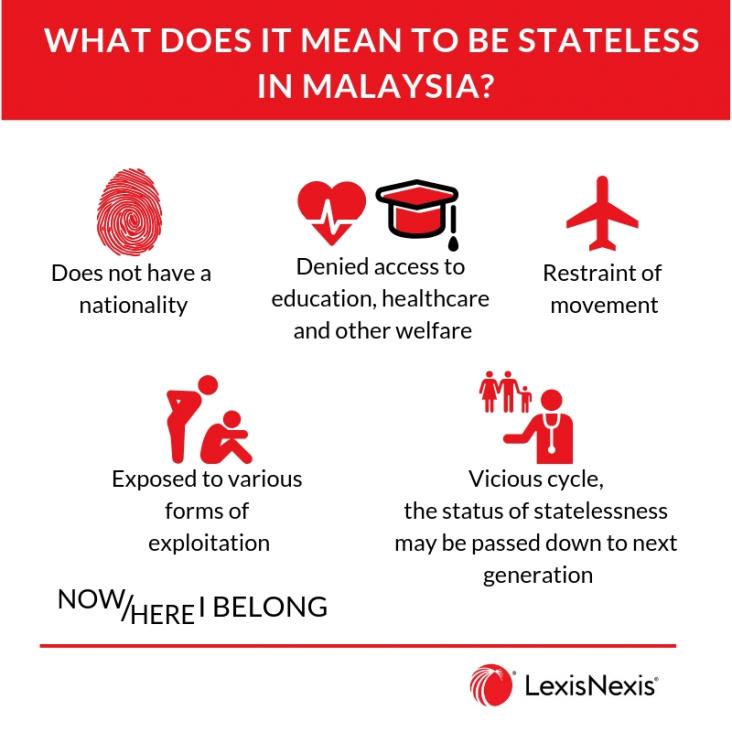This chapter supports SDGs 3, 11, and 16 by exploring the process of humanitarian mapping, the production of spatial data and cartographic products to improve situational awareness and decision-making around humanitarian issues from acute events such as natural disasters and public health emergencies to longer term events such as refugee crises and political unrest.
Partner content
United Nations UniversityUnited Nations University, November 2019.
Contributing to SDG 10 (Reduced Inequalities) and SDG 16 (Peace, Justice and Strong Institutions), this research prioritized engaging with young people as research partners in order to examine the needs of children exiting violent armed groups.
Background: Future Expectation is important for motivation and wellbeing, however drastic life events such as in refugee situations may result in low expectations.
A new threat now confronts the Amazon in the form of a massive infrastructure program, the Initiative for the Integration of the Regional Infrastructure of South America, or IIRSA.
Legal identity for all – including women, children, and other vulnerable groups – is critical for achieving the SDGs. Linking Civil Registration and Vital Statistics (CRVS) with identity management systems can transform how governments empower and provide for their populations. This compendium brings together good practices from select countries that have made great effort in linking these systems and highlights the resulting benefits. This contributes to SDG 10 and 16.
Partner content
United Nations UniversityUnited Nations University, September 2019.
Directly relevant to SDGs 8 (Decent Work and Economic Growth) and 17 (Partnerships for the Goals), this report explores a public-private partnership which puts the financial sector at the heart of global efforts to end modern slavery and human trafficking and accelerate action in eradicating these practices.
Held in association with the Ban Ki Moon Center for Global Citizens and hosted by RELX, the discussion focused on the state of human rights around the world. The session also covered the Rule of Law, the UN Sustainable Development Goals and the responsibility of businesses to support and drive initiatives that benefit society.

Advancing SDGs 10 (reduced inequalities) and 16 (peace, justice and strong institutions), this video series focusses on the issue of statelessness in Malaysia.
This report conducts an analysis of the intergovernmental fiscal transfer programs whose budget allocation formulas include population criteria.Through a series of simulations in three Latin American countries (Bolivia, Ecuador, and El Salvador), it analyses what would have happened if more accurate population estimates had been used when allocating transfers to subnational governments. This contributes to SDGs 10 and 16.
This report showcases the latest transaction patterns, trends and cybercrime threats in Europe, the Middle East and Africa (EMEA). It is essential reading for anyone involved in cybersecurity, financial crime, digital identity, fraud management and threat detection, advancing SDGs 8 (decent work and economic growth) and 16 (peace, justice and strong institutions).
